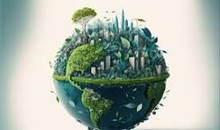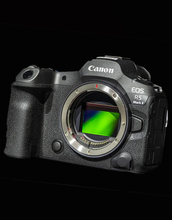The sustainability of the photography industry is complex and varies depending on several factors, from the production of equipment to the practices of photographers themselves. There is also the question of the elements that make up the photo shoot-with regards to production, styling, hair & make-up, catering, etc. Waste is a factor-to minimise waste. Here’s an overview of key aspects affecting its sustainability:
1. Equipment Manufacturing and Disposal


